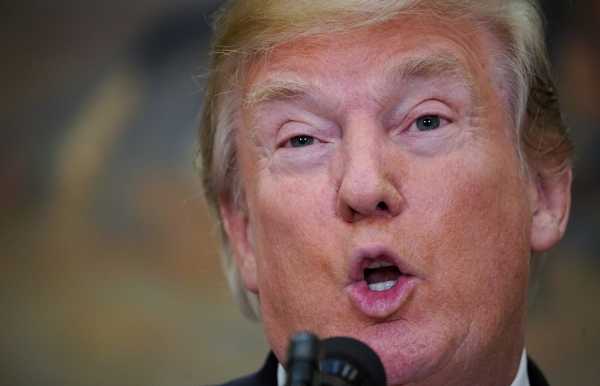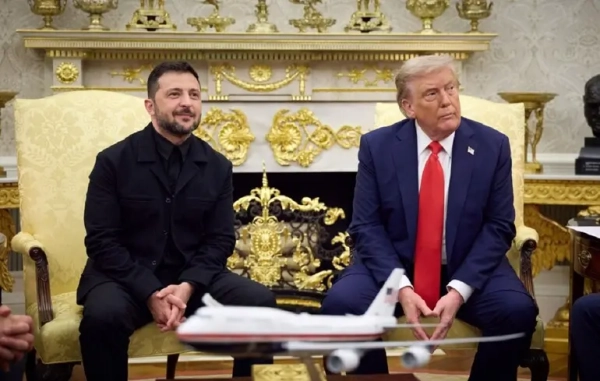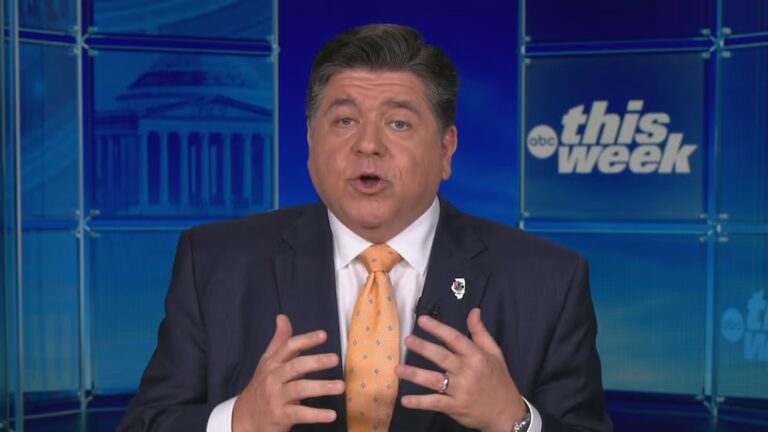
President Donald Trump wants Medicare to start paying similar prices to what other countries do for certain prescription drugs, part of a new initiative his administration is laying out on a core campaign issue just days before the 2018 midterms.
It is an exquisitely Trumpian proposal. A big promise, with an “America First” vibe but some open questions. Some economists do think the administration at least identified a problem worth fixing.
“This fits with the Trumpian worldview ... fits this idea of us against the world in trade and other policy,” Craig Garthwaite, a health economist at Northwestern University, told me. “In this case, I do think the European countries are free-riding off the US industry’s innovation incentives.”
It’s the latest in a string of policy proposals from the Trump administration that, if somewhat modest in scope, have tried to tackle the unwieldy problem of high drug prices.
As Vox’s Sarah Kliff has reported before, America pays much higher prices for prescription drugs. No one factor explains it — which is why it has been such a difficult problem to fix. But part of the reason is that the United States so far has no hard restrictions on drug prices beyond mandated discounts for some government programs. In many European countries, on the other hand, the government buys the medicine or effectively sets the price with tight regulations. In America, there are many different payers and no direct price controls.
In Trump’s telling, that leads to pharmaceutical companies jacking prices in the US to make up for the cost controls elsewhere. So the administration wants Medicare Part B, which covers hospital and cancer drugs, to start paying no more than an average of what certain European countries pay for specific medications — which countries, which drugs, and what kind of average are some of the details that will be finalized in the coming months.
Not only are there questions on the particulars of the proposed policy, first reported by Politico, but also about whether the administration will really follow through with concrete action. Separating the policy from the bluster is key to understanding Trump’s record on drug prices.
Trump’s new plan to make American drug prices look like Europe’s
The Trump administration is actually in part reintroducing the Obama administration’s proposal to experiment with a new way for Medicare Part B to pay for drugs, previously blocked after pharma lobbying and GOP resistance in Congress. But a new feature in the Trump plan is what’s known as international reference prices.
The reason Part B is the target for these ideas isn’t because it’s big — it’s a “small but important part” in the words of Rachel Sachs, health law professor at Washington University in St. Louis — but it is one where the federal government can most directly intervene.
At its core, the model is actually pretty simple.
“When a pharma company is negotiating with Germany, the discount they give to Germany will also have to be passed along to the United States,” Garthwaite said.
The expected effect, by his estimation: “Foreign prices go up, US prices go down.”
“I think that’s probably how it will work,” Garthwaite said. “The question is the magnitude of the effect rather than the direction.”
The proposal is hard to fully evaluate until we see the final regulation. The administration has said not all Medicare Part B drugs would have reference prices, so there will surely be lobbying over which drugs go on the list. Options include just biologics (new breakthrough drugs that use living tissue) or only drugs that have lost their US patent protection.
A potential risk is that European countries don’t raise their prices. US prices would fall to meet them, and pharma wouldn’t be making any new money from Europe. At some point (and we don’t know exactly where it is), drug companies start to scale back how many new drugs they research and develop.
“The ideal is that Europe raises its prices enough that we will give pharma the same innovation incentive, but the cost is no longer borne by US patients,” Garthwaite said. “That depends on how big the foreign response is. It might be zero. They might say, ‘Listen I don’t care. I just won’t let my citizens have access to these drugs.’”
The new Trump plan is also about the 2018 midterms
For the most part, the Trump administration’s agenda on drug prices has been a lot of bluster and a few intriguing, but fairly modest, policy pursuits. Not quite in line with Trump’s rhetoric — like accusing drug companies of getting away with murder.
Drug prices are also a top concern for the vast majority of voters. So the president, who is giving a speech to preview the plan at the health department Thursday, is also trying to shore up his record on a key campaign promise just a few days before an election in which health care is a major issue and Republicans are on defense.
Republicans appear to be losing ground with some white working-class people in the Midwest, where there is a full spread of competitive Senate and governor races, and the new Trump proposal fits with the populist, America First message that the president uses to appeal to those voters. Drug prices are also a pocketbook issue as we head into an election in which suburban women are key swing voters.
So far, Trump’s record on drug prices has been uninspiring. He has looked very cozy with the drug industry at times and named a pharma executive to lead the health department. An industry insider has described to me a successful courting of the president. On top of that, many of his administration’s proposals have been tepidly received, like the new legally questionable gambit to require drug companies to disclose list prices in TV ads.
But the Trump administration has been praised for a few moves on drug prices, like approving a record number of generic drugs, and this new proposal strikes some experts as clever if still unproven. As always with Trump, the question will be how the bluster matches up with the reality.
Sourse: vox.com






